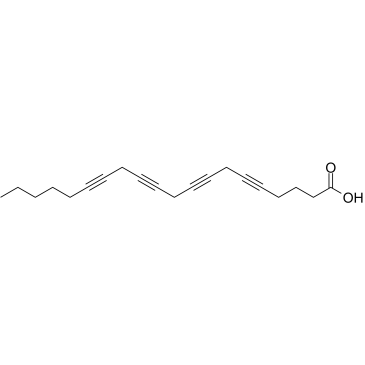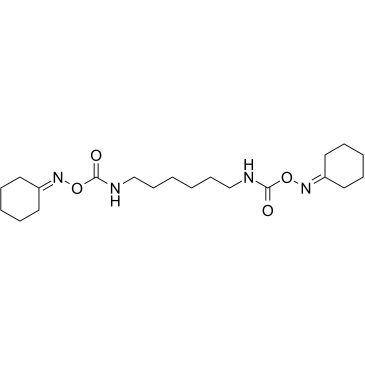| Structure | Name/CAS No. | Articles |
|---|---|---|
 |
5,8,11,14-Icosatetraynoic acid
CAS:1191-85-1 |
|
 |
RHC-80267
CAS:83654-05-1 |